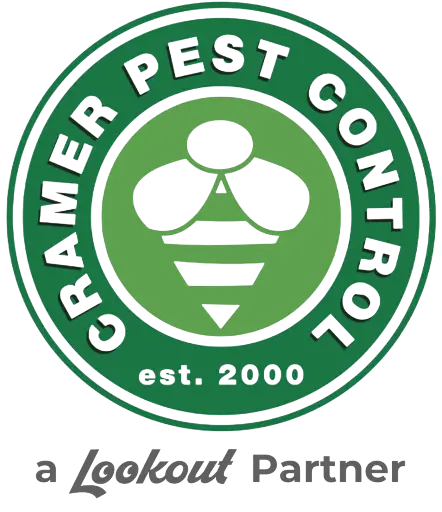A fairly common pest in the Carolinas, yellowjackets are notorious for being aggressive and stinging anyone they perceive as a threat. Understandably, nobody wants these on their property. If someone is allergic to yellowjackets, the sting is much more of a threat.
By learning more about yellowjackets, you will stand a better chance of controlling the problem and not being stung.
Appearance and Habits
To effectively fight these pests, you need to understand what they look like and what they do:
- Yellow and black marks are the telltale sign of yellowjackets, which are small wasps. They’re skinnier than most bees and have fewer hairs on their body.
- Instead of eating pollen and nectar, yellowjackets mostly feed on other insects, making them a vicious predator. Only females have stingers.

- Each winter, new queens find shelter in old tree stumps, under bark, or even attics. Solitary queens establish new nests in the spring. Once enough workers have been born, the queen only lays eggs, causing the colony population to explode.
- Nests are tan and made of paper. Yellowjackets usually build them in a hole or open spot, like roof overhang, tree trunks, cinder block openings, and even lawns.
Control Methods
If you’re afraid of yellowjacket stings, particularly if someone has an allergy, you can take solid steps to eliminate or reduce the problem. The most effective way of controlling the yellowjacket population is to locate and destroy the nest. Because there can be hundreds of yellowjackets protecting a nest, that’s a dangerous task best left to professionals with the right training and gear.
You might not be able to locate the nest since it might be situated on a property a good distance from yours. If that’s the case, you can still take steps to make the area less attractive.
- Cover food and drinks covered as often as possible while outside.
- Keep garbage can lids securely in place, or purchase cans with a spring-loaded flap.
- Hummingbird feeders attract yellowjackets, but you can use mechanical guards or spread a chest rub with petroleum in it on the feeder. Also, pour the sugar water in the feeder with great care, so you avoid spilling any.
If you’ve found a yellowjacket nest on your property, removing it is extremely dangerous.
Contact Cramer Pest Control for professional help, eliminating the risk.
Yellow Jackets in the Carolinas: How To Control Them in North Carolina and South Carolina
Protecting North Carolina and South Carolina
